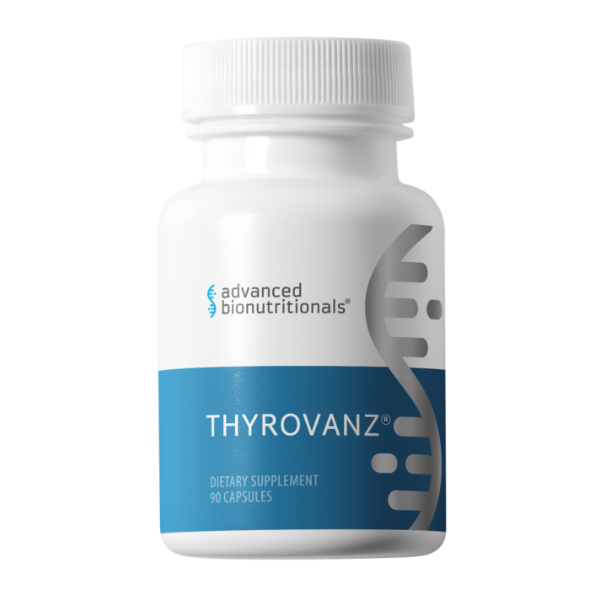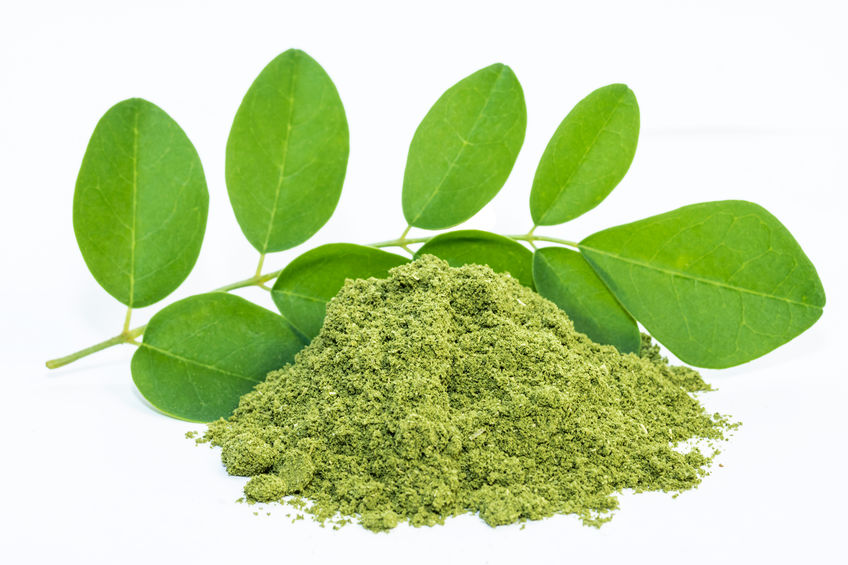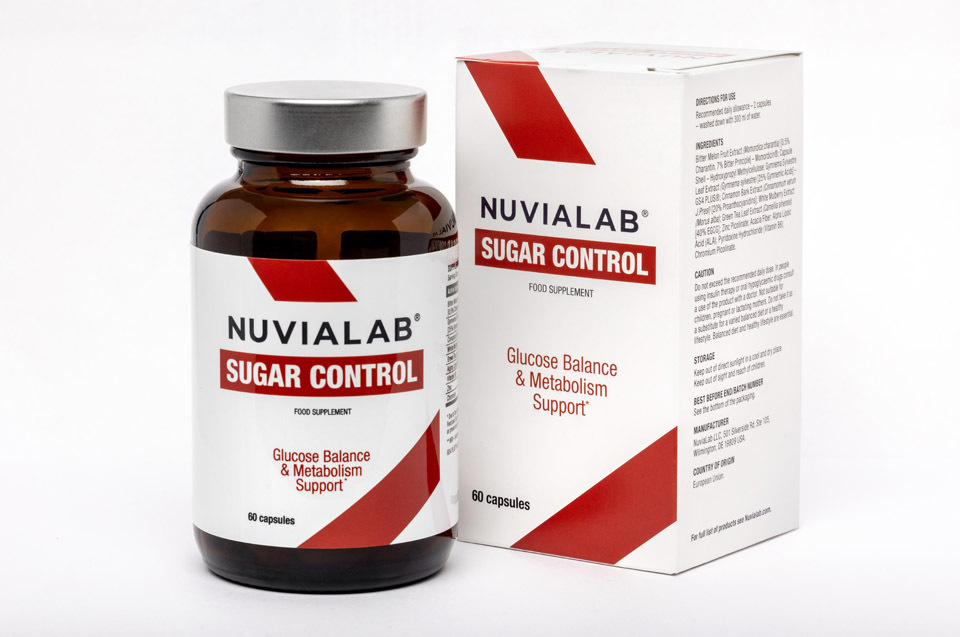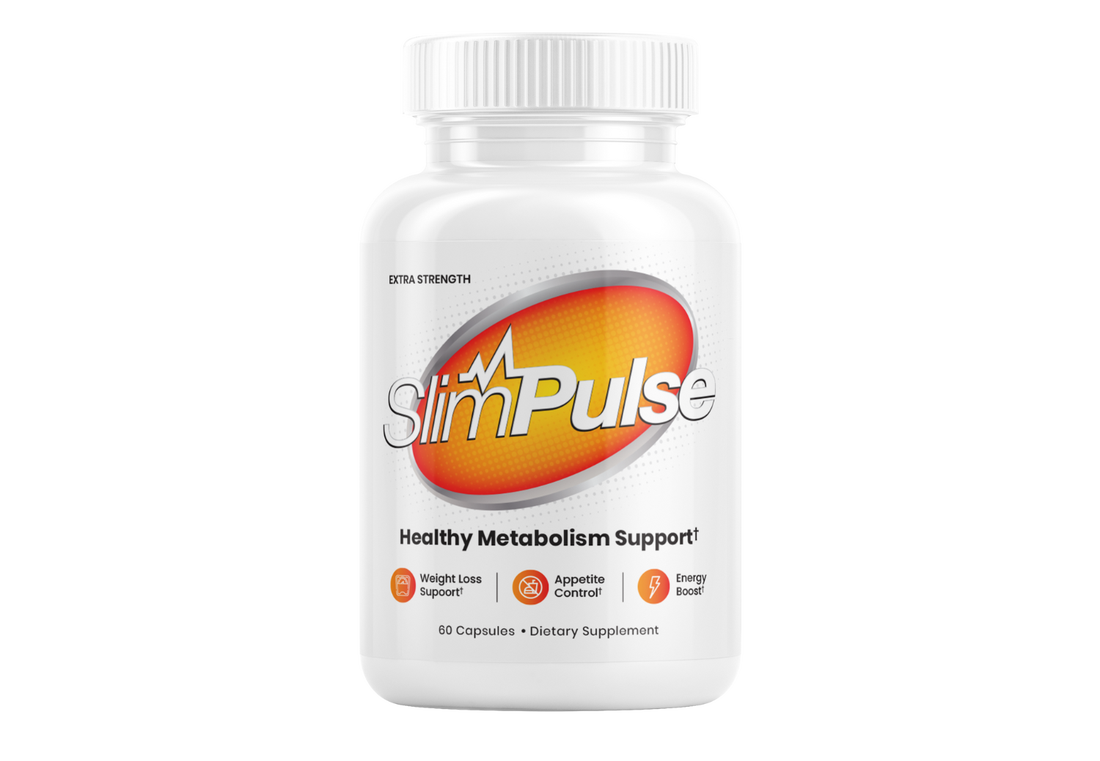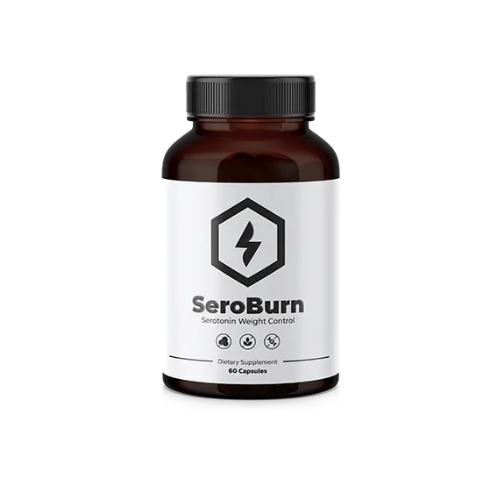If you’re dealing with an enlarged prostate, also known as benign prostatic hyperplasia (BPH), there are many solutions for enlarged prostate problems. You can try lifestyle changes, medications, or even surgery. It’s however important to talk with your healthcare provider to find the best option for you.
Starting with lifestyle changes is a good idea. This might mean eating differently, drinking less, and doing exercises to help your bladder. These changes can lessen your symptoms without needing medicine or surgery.
But if these changes don’t work, your doctor might suggest medicine. There are two main types: alpha-blockers and 5-alpha reductase inhibitors. Alpha-blockers relax the muscles, while the other type helps shrink the prostate.
For serious cases, there are other options like minimally invasive procedures or surgery. These include things like TURP, laser therapy, and more. They’re designed to fix the prostate enlargement.
Key Takeaways
- Lifestyle changes, such as dietary modifications and bladder training, can help manage symptoms of an enlarged prostate.
- Medications like alpha-blockers and 5-alpha reductase inhibitors are commonly used to treat BPH.
- Minimally invasive procedures and surgical options are available for cases where conservative treatments are ineffective.
- Working closely with a healthcare provider is crucial to determine the most appropriate solution for your individual condition and needs.
- Ongoing monitoring and follow-up care are important to ensure the effectiveness of the chosen treatment approach.
Understanding Benign Prostatic Hyperplasia (BPH)
As men get older, their prostate gland often grows bigger, a condition called benign prostatic hyperplasia (BPH). This makes the prostate press on the urethra and bladder. It can cause symptoms that affect a man’s daily life including the need to pee more often, feeling the need to pee urgently, and having trouble starting or stopping the flow of urine. It can also make you feel like your bladder isn’t fully empty.
BPH happens because of changes in hormone levels. Hormones like testosterone and dihydrotestosterone make prostate cells grow more.
Causes and Risk Factors
Why BPH happens isn’t fully known, but it’s linked to hormonal changes in aging men. Being heavy weight, not being active, and family history might make it more likely to have an enlarged prostate.
Common Symptoms
Signs of BPH include needing to pee a lot and urgently, having a weak or interrupted flow, and trouble starting or stopping urination. You might also feel like your bladder isn’t fully empty. If not treated, BPH can cause infections, bladder stones, and kidney damage.
Lifestyle Solutions For Enlarged Prostate
Making dietary and lifestyle changes can help manage benign prostatic hyperplasia (BPH) symptoms. These changes can lower your risk of prostate issues and boost your urinary health.
Dietary Modifications
Changing your diet can be one of the solutions for enlarged prostate problems. Eating more veggies and fruits can lower the risk of an enlarged prostate. However, eating a lot of red meat might increase this risk.
Watching your protein intake and trying supplements like saw palmetto, lycopene, and beta-sitosterol might help too. But, the science on their benefits is not clear-cut.
Fluid Management
Managing fluids well can also be one of the solutions for enlarged prostate problems. Cutting down on bladder irritants like alcohol and caffeine can ease symptoms. Also, taking your time when you pee and making sure your bladder is fully empty can help.
Bladder Training Exercises
Doing bladder exercises, like Kegels, can make your pelvic muscles stronger and improve control. Regular exercise is also one of the solutions for enlarged prostate problems.
By making these lifestyle changes, you can help manage your BPH and lower your risk of serious prostate problems. However, always talk to your doctor to find the best plan for you.
Medication Solutions For Enlarged Prostate
If lifestyle changes don’t work or fit your needs, your doctor might suggest medication. Two common types for treating benign prostatic hyperplasia (BPH) are alpha blockers and 5-alpha reductase inhibitors.
Alpha-Blockers
Alpha blockers, like tamsulosin and alfuzosin, relax the muscle in the prostate and bladder base. This makes it easier to pee and helps with BPH symptoms. They are often the first choice for men with mild to moderate BPH.
5-Alpha Reductase Inhibitors
5-alpha reductase inhibitors, such as finasteride and dutasteride, help with enlarged prostate glands. They stop the production of dihydrotestosterone, a hormone that makes the prostate grow. By shrinking the prostate, these drugs improve urine flow and lessen BPH symptoms over time.
Your doctor might suggest taking an alpha blocker and a 5-alpha reductase inhibitor together. This combo can give you more relief than either one alone.
Minimally Invasive Solutions For Enlarged Prostate
For men with moderate to severe benign prostatic hyperplasia (BPH), there are less invasive options. These include transurethral microwave thermotherapy (TUMT) and laser therapy. They offer relief without the long recovery times of traditional surgery.
Transurethral Microwave Thermotherapy (TUMT)
TUMT uses microwave energy to heat and shrink the enlarged prostate gland. A catheter is inserted through the urethra to deliver the microwave energy. This method is less invasive and has a shorter recovery time.
Laser Therapy
Laser therapy uses high-energy lasers to remove or destroy the overgrown prostate tissue. Techniques like photoselective vaporization of the prostate (PVP) and holmium laser ablation or enucleation are effective. They cause less bleeding and lead to faster recovery compared to traditional surgery.
Surgical Solutions For Enlarged Prostate
For severe cases surgery might also be considered among the solutions for enlarged prostate problems if other treatments don’t work. Two common surgeries are transurethral resection of the prostate (TURP) and open prostatectomy.
Transurethral Resection of the Prostate (TURP)
TURP is a common surgery that removes part of the prostate gland through the urethra. It uses a thin tool with a light and camera. This method quickly helps with BPH symptoms and improves urine flow.
The recovery takes about 3-4 weeks. Most men feel better within 9 months after surgery.
Open Prostatectomy
For very large prostates, open or robot-assisted prostatectomy might be suggested among possible solutions for enlarged prostate problems. This surgery removes excess prostate tissue through one or more cuts in the lower abdomen. It’s usually for very large prostates where other surgeries won’t work.
Choosing between TURP and open prostatectomy depends on the situation, medical history, and prostate size. A urologist can help pick the best surgery for you.
Preventive Solutions For Enlarged Prostate
Keeping your prostate healthy is key, as about 90% of men over 80 have BPH. Age is a big risk factor, but you can fight it with the right steps. Regular exercise and a balanced diet are crucial for prevention.
Regular Exercise
Research links more exercise with less BPH risk. Doing exercises like Kegels for your pelvic floor helps your prostate. Also, activities like walking, swimming, or cycling boost your overall health and help with weight.
Healthy Diet
A diet full of fiber, fruits, and veggies can lower BPH risk. Foods like tomatoes, avocados, pumpkin seeds, and broccoli are great for your prostate. By eating right, you can help prevent prostate issues and keep your prostate healthy.

Alternative and Complementary Therapies
Many men look into alternative and complementary therapies for enlarged prostate, or benign prostatic hyperplasia (BPH). Traditional treatments like medication and surgery work well, but some prefer natural remedies and holistic methods.
Nettle root extract is a natural option that a 2019 review showed can lessen BPH symptoms and boost life quality. Adding soy to your diet might also help lower BPH risk. Soy blocks the enzyme 5-alpha-reductase and has a mild estrogen effect.
Zinc is key for prostate health, especially for men over 50. Getting enough zinc from foods like poultry, seafood, sesame seeds, and pumpkin seeds is good. Also, studies show that lycopene in extra virgin olive oil can help with prostate health and lower prostate-specific antigen levels.
Herbs like saw palmetto, pygeum, and rye grass pollen extract might help with BPH symptoms. But, their effectiveness is not clear-cut. The American Urological Association doesn’t back herbal therapies for BPH. Always talk to your doctor before trying new treatments, as they could interact with your current meds or cause side effects.
For managing an enlarged prostate, a mix of lifestyle changes, traditional treatments, and some alternative therapies might work best. This approach can help keep your prostate healthy.
Managing Incontinence and Leakage
Dealing with incontinence and leakage can be tough for men with an enlarged prostate. But, there are solutions to help manage these issues. You can use absorbent products like pads and pants. These can be worn inside your underwear or replace them, offering a discreet way to absorb leaks. Urinary sheaths, which connect to a bag on your leg, can also help with dribbling and other incontinence problems.
Absorbent Products
Incontinence products for enlarged prostate can really change the game. These pads and pants are made to keep you dry and comfy. You can pick the absorbency level based on how bad your symptoms are. However, remember to change the product often to keep it working well.
Urinary Sheaths
For more serious urinary incontinence, urinary sheaths for BPH can be a big help. These devices fit over the penis and direct urine into a bag strapped to your leg under your clothes. They offer a discreet and effective way to manage incontinence, letting you stay active.
Using these products and sheaths daily can really help with the challenges of an enlarged prostate. By finding the right solution for you, you can feel more confident and enjoy your life again.
Staying Hydrated and Avoiding Irritants
For men with an enlarged prostate, staying hydrated and avoiding bladder irritants can help manage symptoms. Drinking fewer fizzy drinks and limiting alcohol, caffeine, and artificial sweeteners can prevent irritation of the bladder. This can also help reduce urinary issues.
It’s important to drink enough fluid, especially in the morning. But, drinking less in the evening can cut down on nighttime bathroom trips. Keeping a regular bathroom schedule, like going every two to four hours, can also help manage symptoms.
Certain foods and drinks can irritate the bladder, making BPH symptoms worse. Avoiding spicy foods, artificial sweeteners, and limiting alcohol and caffeine can ease urinary frequency and urgency.
Drinking plain water and eating bladder-friendly foods like fruits, vegetables, and green tea can offer more benefits. These foods are rich in vitamin C, lycopene, and anti-inflammatory compounds. These nutrients may lessen BPH symptoms and lower infection risk.
By making simple changes, like managing fluid intake and avoiding bladder irritants, men with an enlarged prostate can better control their urinary symptoms. This can improve their overall quality of life.
Monitoring and Follow-up Care
Regular check-ups and follow-up care are key for managing an enlarged prostate. Your healthcare provider will help you with the right monitoring and follow-up plan. However, this depends on the treatment you get for your enlarged prostate.
Whether you’re making lifestyle changes, taking medications, or having minimally invasive procedures, your doctor will suggest regular check-ups. These check-ups help track your progress and check if your treatment is working. You might have urine flow tests, PSA blood tests, and physical exams to check your prostate gland’s size and function.
Your doctor might tell you about activity limits and lifestyle changes you need during recovery and monitoring. Following the recommended care is key to handling your enlarged prostate. It helps prevent issues like urinary tract infections, bladder stones, or kidney damage.
Regular monitoring and follow-up care are vital for keeping your prostate healthy and making sure your treatment works well. By working with your healthcare team, you can manage your enlarged prostate better. This helps you keep a good quality of life.
Choosing the Right Treatment Option
Managing an enlarged prostate, or benign prostatic hyperplasia (BPH), requires a personalized approach. The best treatment depends on your prostate size, age, health, and symptom severity. It’s however important to talk to your urologist about all treatment options. They can help you understand the benefits and risks to find the best fit for you.
Factors to Consider
The size of your prostate is crucial in picking the right treatment. For instance, Rezūm Water Vapor Therapy is for men with a prostate up to 30cm3. The GreenLight™ laser system might not work well with calcified tissue or certain conditions. Your age and health also matter, as some treatments suit younger or healthier men better.
Your symptoms, like trouble urinating or frequent bathroom trips, affect your treatment choice. The Lumenis Pulse 120H System aims to ease these symptoms by reducing prostate tissue, while alpha-blockers or 5-alpha reductase inhibitors might be better for mild cases.
Consulting a Urologist
Getting advice from a urologist is key when picking a treatment for an enlarged prostate. They can tailor advice to your medical history and condition details. They’ll help manage any side effects or issues from the treatment, ensuring a good outcome. With a urologist’s help, you can create a treatment plan that meets your unique needs and worries.
Coping with the Emotional Impact
Living with an enlarged prostate can really affect your feelings. Men might feel frustrated, embarrassed, and their quality of life drops. It’s key to deal with these emotions to stay well.
Talking to your doctor about how you feel is a big step. They can help you find support, like counseling or groups, to make things easier.
Getting support from family or a support group can really help. Sharing your feelings with others who get it can make you feel less alone.
Many men feel the emotional effects of an enlarged prostate. But, there are ways to handle it. By focusing on your mental health and getting support, you can get through this better and stay positive.
Support Resources for BPH
If you’re facing an enlarged prostate or BPH, know you’re not alone. Many support options are out there to help you. Online forums and patient groups offer valuable info, coping tips, and a community feeling.
Local prostate cancer support groups and prostate cancer forums are another way to connect with people who get what you’re going through. These groups offer emotional support, advice, and stories of others.
You don’t have to face BPH alone. These resources can give you the info, advice, and community you need. They help you manage your BPH and keep your life good.
Conclusion
An enlarged prostate, or benign prostatic hyperplasia (BPH), affects many men and can change their life quality. But, there are many ways to help, from simple changes in life to more complex treatments. The best option depends on your symptoms, prostate size, and overall health. However, working with a urologist helps find the best approach for each man.
For mild cases, making lifestyle changes can help a lot. Changing your diet, drinking more water, and doing bladder exercises can ease symptoms. Medicines like alpha-blockers and 5-alpha reductase inhibitors also work well for many people.
For severe cases however, treatments like transurethral microwave thermotherapy (TUMT) and laser therapy might be suggested. These methods use heat or energy to shrink the prostate, easing urine flow issues.
However, if other treatments don’t work, surgery might be needed. Options include transurethral resection of the prostate (TURP) or open prostatectomy. These surgeries remove or reshape the enlarged prostate to improve urine flow.
It’s important to work with a urologist to find the best treatment for your enlarged prostate. With the right treatment and check-ups, many men feel better and do more of what they love. By making lifestyle changes, using medicine, and trying new procedures, men can improve their lives. These solutions for enlarged prostate help men deal with the condition and live better.
What are the main treatment options for an enlarged prostate?
What causes an enlarged prostate?
What are the common symptoms of an enlarged prostate?
How can lifestyle changes help manage an enlarged prostate?
What medications are used to treat an enlarged prostate?
What are some minimally invasive treatments for an enlarged prostate?
What are the surgical options for an enlarged prostate?
Can exercise and diet help prevent an enlarged prostate?
Are there any alternative or complementary therapies for an enlarged prostate?
How can incontinence and leakage be managed with an enlarged prostate?
Source Links
- Treatment of benign prostate enlargement – NHS
- Enlarged Prostate: Remedies and Treatments
- Prostate Enlargement (Benign Prostatic Hyperplasia) – NIDDK
- Benign Prostatic Hyperplasia (BPH): Symptoms & Treatment
- Benign prostate enlargement
- Benign prostatic hyperplasia (BPH) – Diagnosis and treatment – Mayo Clinic
- Enlarged Prostate (BPH)
- BPH: Does diet play a role?
- 10 natural remedies for enlarged prostate and lifestyle tips
- Which Medicines Treat BPH?
- Benign prostate enlargement
- Do I Need Surgery for BPH?
- Nonsurgical Treatment for Benign Prostatic Hyperplasia
- What Are Your Treatment Options for an Enlarged Prostate?
- Benign Prostatic Hyperplasia (BPH)
- Latest treatments for an enlarged prostate: What are they?
- NHS: Patient hails new prostate treatment as ‘life changing’
- Pioneering prostate treatment to be rolled out across England
- Enlarged prostate treatment
- Can I Prevent BPH?
- 6 Natural Remedies for Enlarged Prostate
- Natural Remedies for Enlarged Prostate
- The 6 Most Effective Natural Remedies for an Enlarged Prostate | HALO Precision Diagnostics
- Enlarged prostate
- Benign prostatic hyperplasia (BPH) – Symptoms and causes
- Enlarged prostate: MedlinePlus Medical Encyclopedia
- Enlarged prostate – what to ask your doctor : MedlinePlus Medical Encyclopedia
- Benign Prostatic Hyperplasia – StatPearls
- Causes & Treatments for Swollen Prostate – Top Urologist NYC
- Current Treatment for Benign Prostatic Hyperplasia
Disclaimer
Please understand that any advice or guidelines revealed in this article are not in any way a substitute for sound medical advice from a licensed healthcare provider. Make sure to consult with a professional physician before using any of the advice provided here, especially if you use medications or have concerns following the advice shared above. No statement in this article is intended to diagnose, treat, cure, or prevent any disease.

